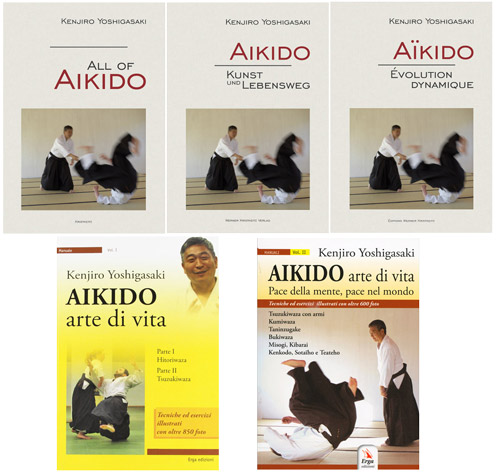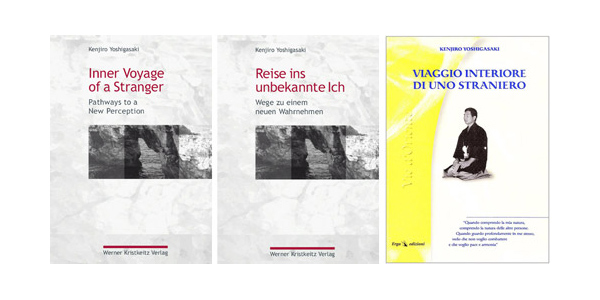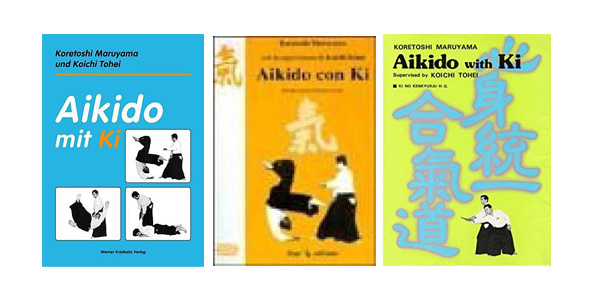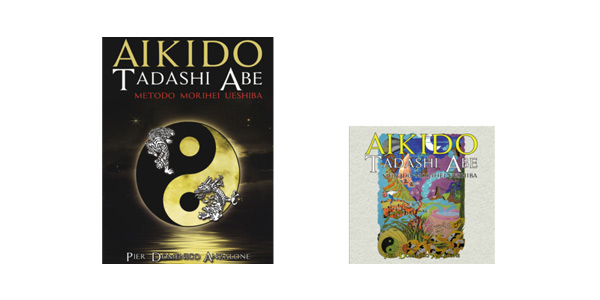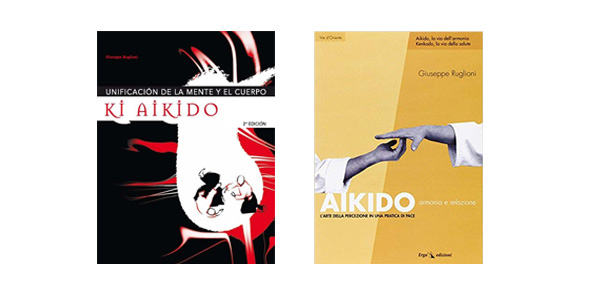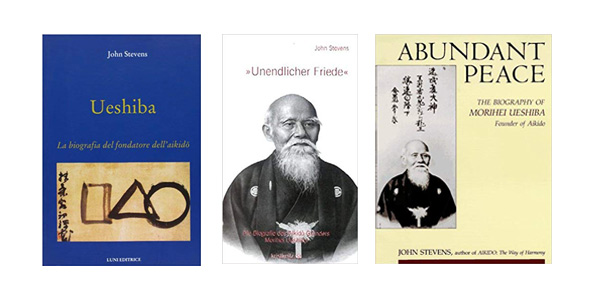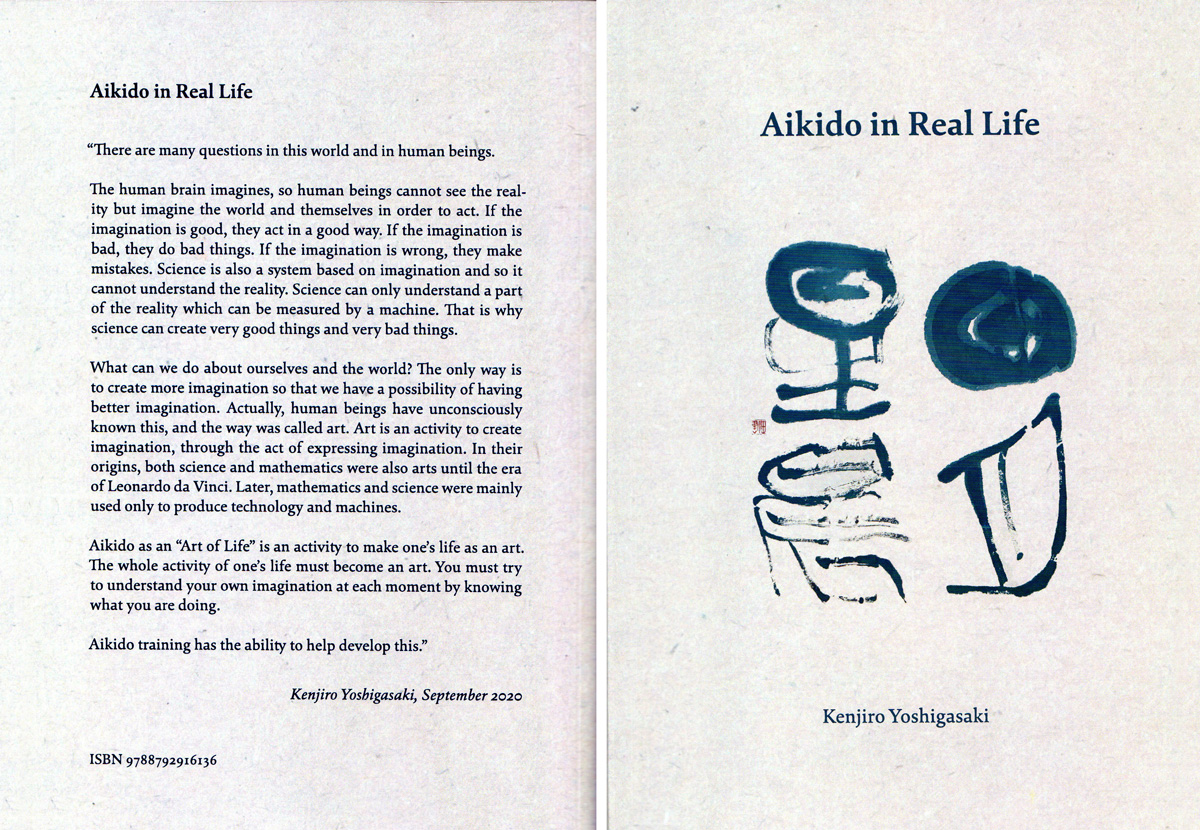
Aikido in real life
Kenjiro Yoshigasaki 2023
Yoshigasaki Sensei's last book was published posthumously. The book has 202 pages with numerous drawings illustrating the exercises and techniques. The cover shows a calligraphy by Shin Watanabe Sensei, which is explained on the first pages.
The purpose of the book is stated in the preface:
It's intended to show how you can actually use Aikido techniques in the real world.
Part I "People" describes the basics of Ki, posture, perception and imagination as well as techniques and exercises for health.
Part II "Protect Home" analyzes the situation when someone breaks into the house and gives options for acting without or with aids such as Jo or Bokken.
Part III "Michibiki" shows Aikido techniques, mostly grabbing attacks, as well as the four stages of leadership by changing form and position.
Part IV "Bokkendori", Part V "Tantodori" and Part VI "Ukemi" cover only a few pages and give examples.
Part VII "Aikido in the Dojo" explains concepts for practice on the tatami.
Part VIII "Essays" contains five short articles on selected topics.
In Part IX "Questions and Answers" a selection of 38 questions and answers is presented that Yoshigasaki Sensei dealt with online in 2020, mixed with some essays.
On the last pages there is a compact summary of the life and work of Yoshigasaki Sensei.
Detailed table of contents:

